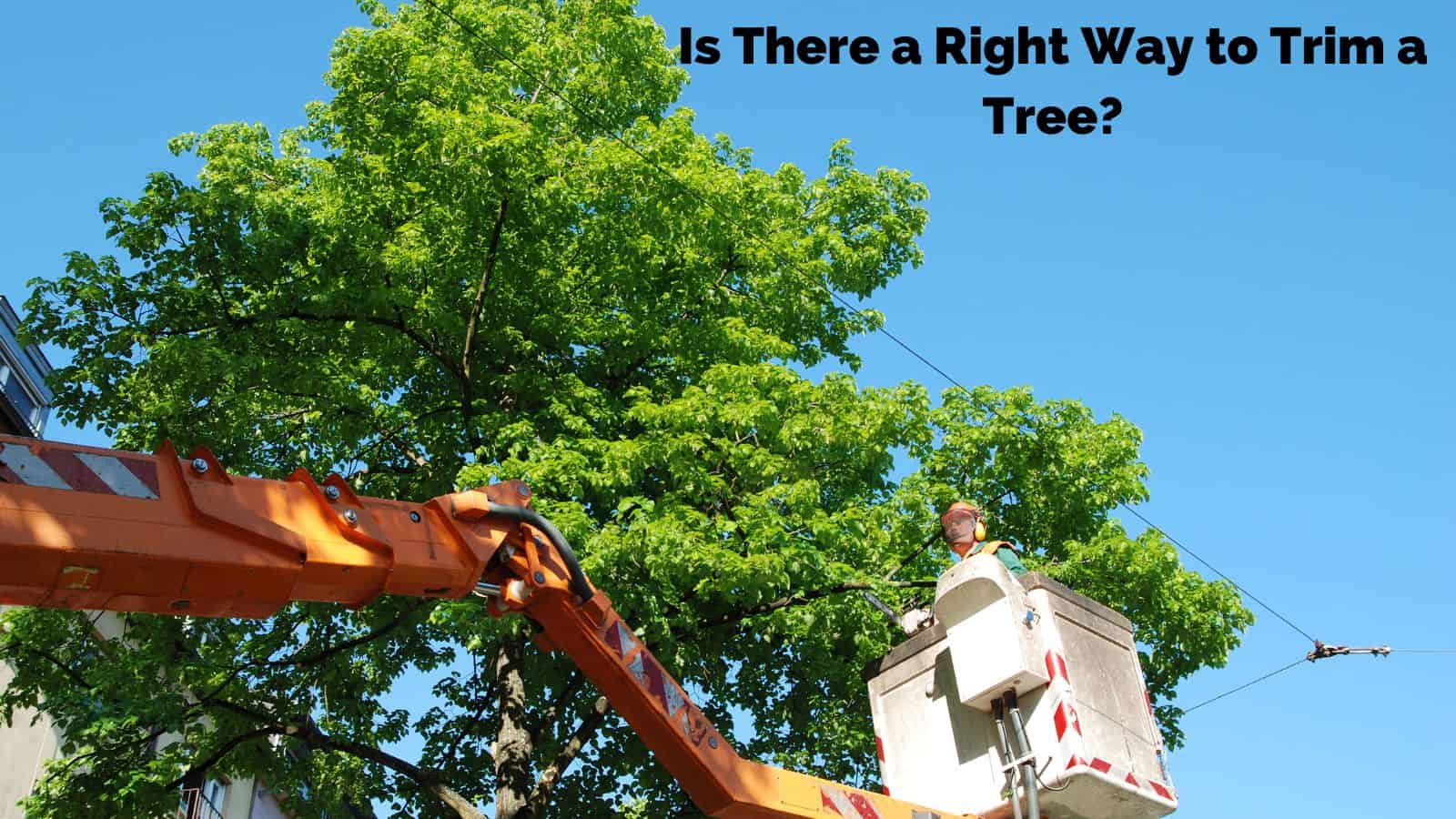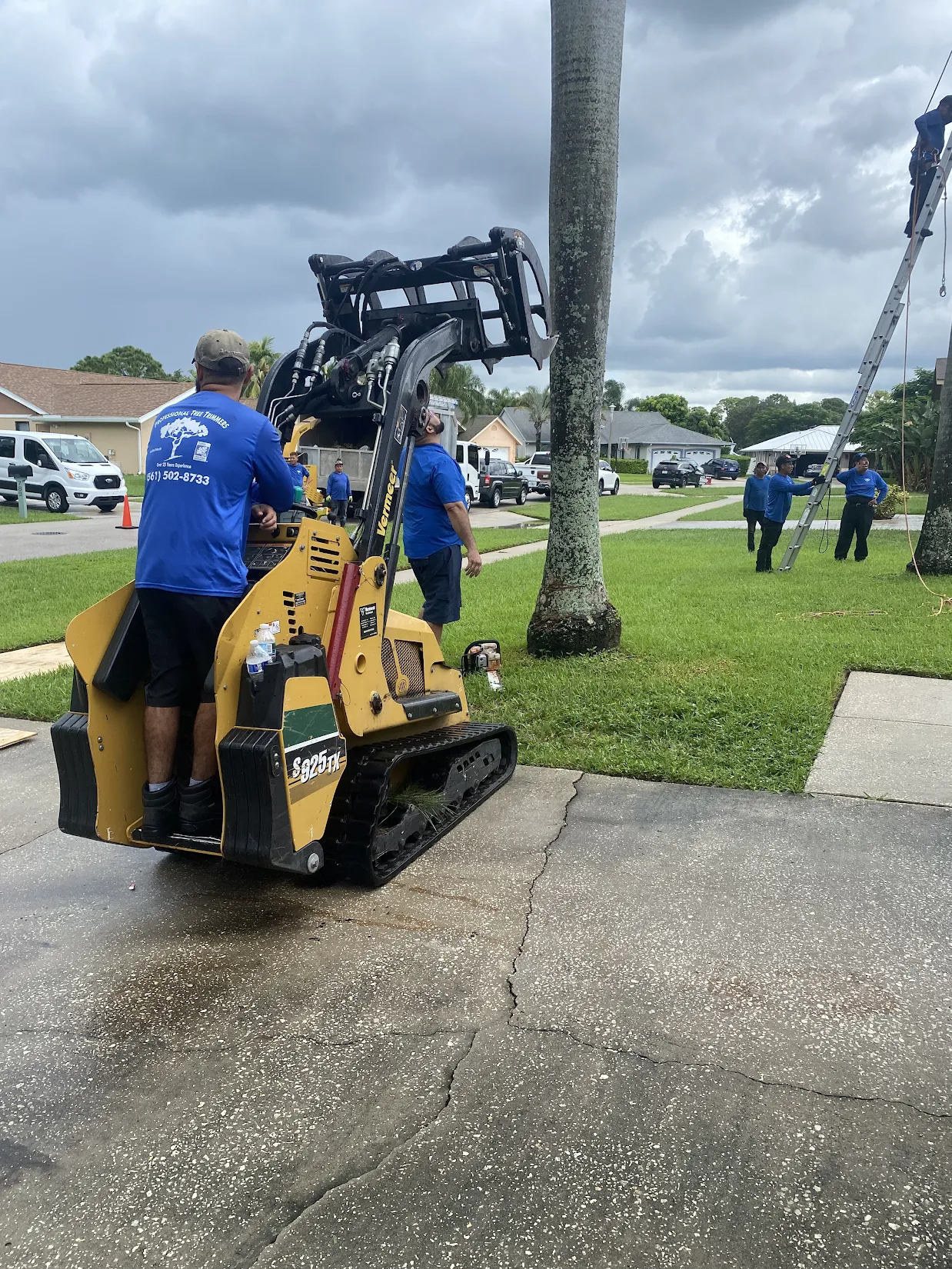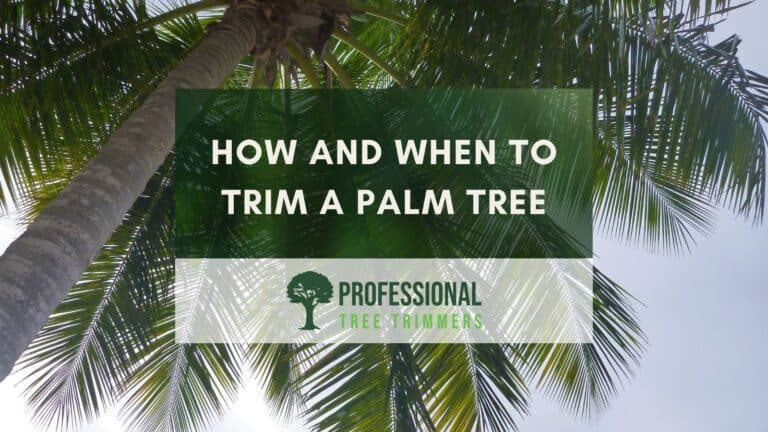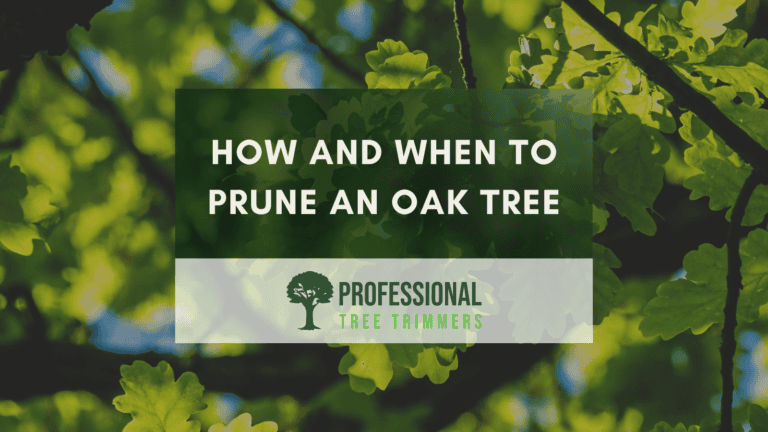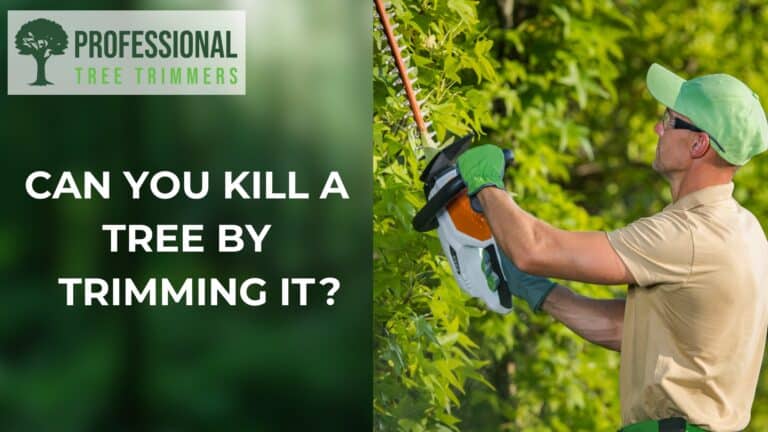Learn the ins and outs of tree trimming – a key skill for keeping your trees healthy and lively. This guide spills the beans on how to prune just right, ensuring your trees stay happy all year round.
We’ll cover everything, from picking the perfect time to choosing the right tools. Discover the tricks to shape your trees for the best structure, airflow, and safety.
Whether you’re dealing with dead branches, giving your tree a makeover, or just caring for a big oak, we’ve got you covered on the right way to trim.
The Right Way to Prune Trees
Trimming a tree is a crucial practice to ensure the health, safety, and aesthetic appeal of the tree. Here’s a step-by-step guide on the right way to trim a tree:
1. Identify the Purpose of Pruning
- Dead or Diseased Branches: Remove any dead, diseased, or insect-infested branches to prevent the spread of decay and disease.
- Structural Pruning: Promote a strong and balanced tree structure by removing competing leaders or branches that cross and rub against each other.
- Thinning for Airflow and Light: Remove some inner branches to improve airflow and allow more sunlight to penetrate the canopy.
- Safety Concerns: Trim branches that may pose a hazard to people, property, or utility lines.
2. Choose the Right Time to Prune
The best time for pruning is often late winter or early spring before the tree starts actively growing. However, dead or damaged branches can be removed at any time of the year.
Pruning in the fall may stimulate new growth that won’t harden off before winter.
3. Gather the Right Tools
Pruning Shears (Hand Pruners): For small branches up to 1 inch in diameter.
Loppers: For branches with a diameter between 1 and 2 inches.
Pruning Saw: For larger branches.
Pole Pruner or Saw: For high branches.
Safety Gear: Gloves, safety glasses, and, if working at heights, a helmet.
4. Inspect the Tree
Identify Dead or Diseased Branches: Look for branches with no leaves, discoloration, or signs of disease.
Assess Structure: Identify branches that are crossing, rubbing, or growing inward.
5. Make Proper Cuts
Angle of Cut: Make cuts at a 45-degree angle, just above a bud or lateral branch, to promote healing and direct growth away from the center of the tree.
Clean Cuts: Use sharp tools to make clean cuts, avoiding tearing or splintering.
6. Start with Dead or Diseased Branches
Remove Deadwood: Begin by cutting off dead or diseased branches. Cut back to healthy wood.
7. Remove Competing or Crossed Branches
Choose Dominant Leader: In cases of multiple leaders, identify the strongest and remove the others.
Address Crossing Branches: Remove branches that rub against each other, as this can lead to wounds and disease.
8. Thinning for Airflow and Light
Interior Thinning: Remove some inner branches to improve air circulation and allow sunlight to reach the inner canopy.
9. Consider the 3 Ds
Deadwood: Remove dead branches.
Diseased Wood: Remove branches infected with diseases.
Dangerous Wood: Remove branches that pose a safety risk.
10. Step Back and Assess
Periodically step back and assess the tree’s overall shape. Ensure you’re maintaining its natural form.
11. Clean Up
Remove cut branches and debris from around the tree to prevent the spread of disease.
Tips for trimming a tree the right way
Avoid Over-Pruning: Removing too many branches can stress the tree. Generally, it’s recommended not to remove more than 20-25% of a tree’s foliage in a single pruning session.
Consider the Tree’s Type: Different trees have different growth habits, so research the specific needs of your tree species.
Warning: Avoid “Tree Topping“: Topping, or cutting back large branches to stubs, is harmful and should be avoided.
Five Trees That Require No Trimming
While all trees benefit from some level of care, certain tree species are known for their low maintenance and minimal pruning requirements. Here are five trees that generally require little to no trimming:
1. Japanese Maple (Acer palmatum)
With its delicate, ornamental branches and slow growth, Japanese Maples typically maintain an attractive shape without extensive pruning.
2. Crape Myrtle (Lagerstroemia spp.)
Crape Myrtles often have a naturally pleasing form, and routine pruning is usually limited to removing dead or crossing branches and shaping as desired.
3. Sweetbay Magnolia (Magnolia virginiana)
Sweetbay Magnolias have a naturally neat growth habit, and minimal pruning is usually sufficient for removing deadwood and shaping.
4. River Birch (Betula nigra)
River Birch trees often have an attractive, multistemmed form, and they require minimal pruning. Remove any dead or damaged branches as needed.
5. White Pine (Pinus strobus)
White Pines typically have an open, graceful growth habit, and they may require little pruning. Remove dead or diseased branches and shape as desired.
If you need help with tree thinning, trimming, reduction or fertilization, Professional Tree Trimmers is your go-to option.
